Home » Ribbon Blender: A Blending Guide for Dyes
Ribbon Blender: A Blending Guide for Dyes
Ribbon Blender
Ribbon blenders are a versatile and cost-effective tool that has been used in the manufacturing industry for decades. Their popularity is not only due to the fact that they are easy to operate but also due to their effectiveness in mixing and blending a vast range of solid and semi-solid materials. The dye industry is no exception when it comes to benefitting from ribbon blenders. Ribbon blenders are essentially the backbone of many dye manufacturing companies and play a crucial role in creating uniformity in materials.
Advantages of Ribbon Blender
- fast and efficient
- safe and stable
Application: chemical, pesticide, dye, medicine, feed, fertilizer, metallurgy, mining, food, plastic, additives, and other industries.
Ribbon blenders are mixing machines that are designed to handle large quantities of dry powders, granules, and other solid-form materials by combining a series of helical vanes set in a horizontal or vertical axis.
The ribbon blender consists of a U-shaped trough, usually constructed from stainless steel, which houses a revolving double helical ribbon. The ribbon is connected to a shaft that rotates at a constant speed. When the material is fed into the blender, the ribbon rotates as well, mixing and blending the materials until they are homogenous.
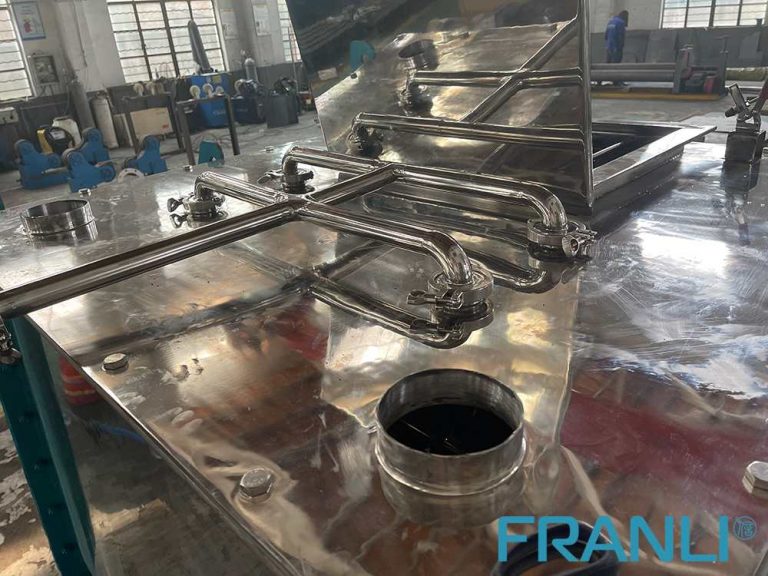
Application of Ribbon Blenders in the Dyes Industry
1. Dye Powder Blending
Ribbon blenders are highly effective in blending dry powders to create an even mixture. This feature makes them the ideal choice for mixing different dye powders to create a uniform color of the desired shade. Traditionally, these powders were blended by hand, which was not only time-consuming but also led to inconsistencies in the final product. However, with ribbon blenders, manufacturers can easily mix powders in the required ratio, creating a consistent and even color.
2. Colorant Mixing
Ribbon blenders are ideal for mixing colorants to produce various shades of dyes. In the dye industry, it is essential to produce shades of color that are consistent and meet the desired specifications. Ribbon blenders can mix colorants in the required ratio to produce the desired color in a much shorter time than any other traditional method. This feature is particularly useful for dye houses that need to produce multiple shades of the same color for customers.
3. Wet Mixing
Ribbon blenders are also used in dye manufacturing for wet mixing applications. Wet mixing is the process of combining dry ingredients with a liquid to create a homogenous solution. In the dye industry, wet mixing is used to create a liquid blend of a dye powder for easy application. Ribbon blenders work effectively in the wet mixing process by ensuring that the liquid and dry ingredients are thoroughly mixed and homogenized.
4. Coating
Ribbon blenders are also used in the dye industry for coating applications. Coating is the process of applying a thin layer of material over a substrate. In the dye industry, coating is used to create a protective layer over the fabric that prevents it from fading or losing color. Ribbon blenders are used in the coating process to ensure that the coating material is evenly distributed over the substrate, providing optimal protection against fading.
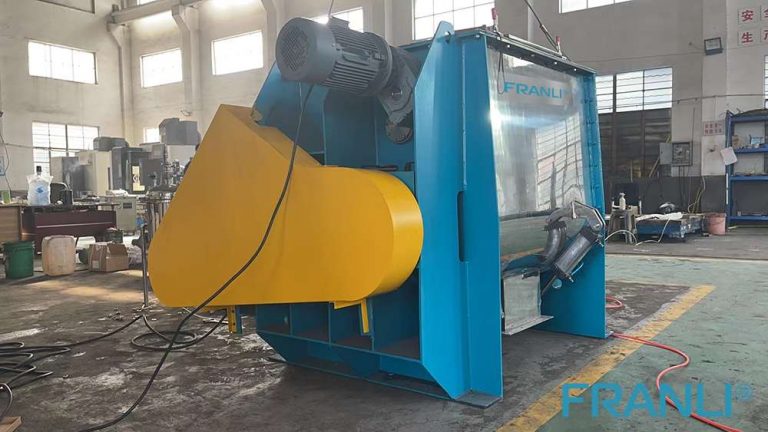
Advantages of Ribbon Blenders in the Dye Industry
1. Uniform Mixing
Ribbon blenders are designed to provide homogenous mixing, ensuring that all ingredients are evenly distributed. This feature is particularly useful in the dye industry to ensure that the final product has a consistent color throughout.
2. Cost-Effective
Ribbon blenders are cost-effective tools that save time and money, increasing the efficiency of the manufacturing process. They can handle large quantities of material in a short time, reducing labor costs and material waste.
3. Versatile
Ribbon blenders can blend different types of dry materials, including powders, granules, and fibers, making them versatile tools in the dye industry. They can also blend liquid and solid ingredients, making them ideal for wet mixing applications.
4. Easy to operate
Ribbon blenders are easy to operate and maintain. They have few moving parts, reducing the likelihood of mechanical failure, and are designed with safety features that protect operators from injury.
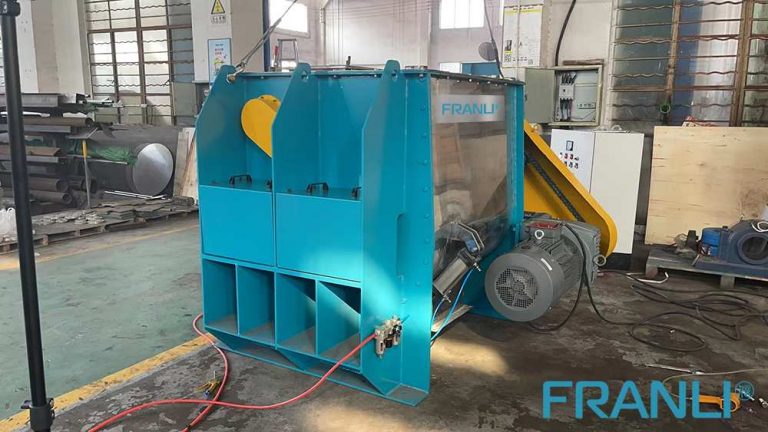
Ribbon blenders are essential tools in the dye industry. They not only save time and money, but they also ensure that the final product is consistent and of high quality. Ribbon blenders are versatile and can handle different types of materials, making them ideal for blending and mixing dye powders, colorants, wet mixing, and coating applications. It is no surprise that the dye industry continues to rely heavily on ribbon blenders to produce high-quality dyes and pigments.
Welcome to send inquiry to us and let’s make a win win business together !
Guidelines For Ribbon blender
Ribbon blenders are essential equipment in various industries where the quality and consistency of the final product are critical factors. They are highly efficient, customizable, and reliable mixing solutions that offer unsurpassed performance and versatility. By integrating a ribbon blender into your production line, you can ensure consistent and reliable product quality, increased productivity, and reduced manufacturing costs.
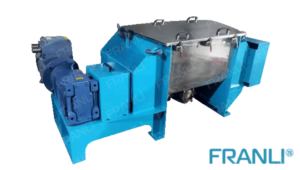
Ribbon Blender Mixer Equipment
A ribbon blender mixer, also known as a ribbon mixer or horizontal ribbon blender, is a powerful industrial machine designed for thorough and efficient blending of various materials.
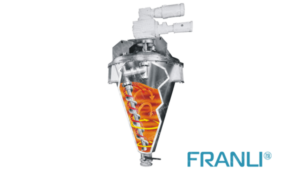
Ribbon Blender Mixer: The Right Choice for a High-Quality Blender
Ribbon blender mixers, also known as ribbon mixers or ribbon blenders, are horizontal mixing devices characterized by their unique ribbon-shaped agitators.

Vertical Ribbon Blender: Efficient mixing equipment for solids and powders
A vertical ribbon blender, also known as a vertical mixer, is a type of mixing machine widely used in various industries for the homogeneous blending of dry, free-flowing solids.

Powder Ribbon Mixer: Whirling Agitator and Horizontal U-shaped Housing
A powder ribbon mixer, also known as a ribbon blender, is a versatile and widely used machine for combining different powders, powder with liquid, powder with granules, and dry solids.

Small Ribbon Blender: A Versatile and Efficient Processing Equipment
The small ribbon blender is a versatile and efficient processing equipment used in the food, pharmaceutical, and cosmetic industries for blending, mixing, and uniformizing various types of materials.

What is A Small Ribbon Blender?
The small ribbon blender is a versatile and efficient machine used for the mixing of various materials such as powders, pastes, and dried granules.

